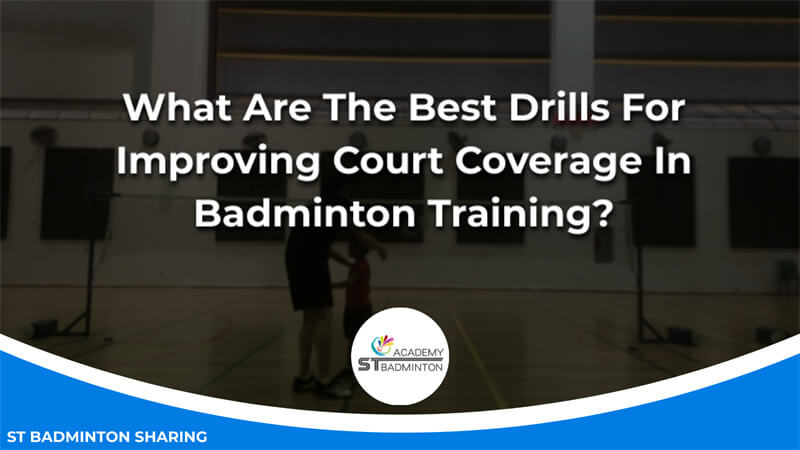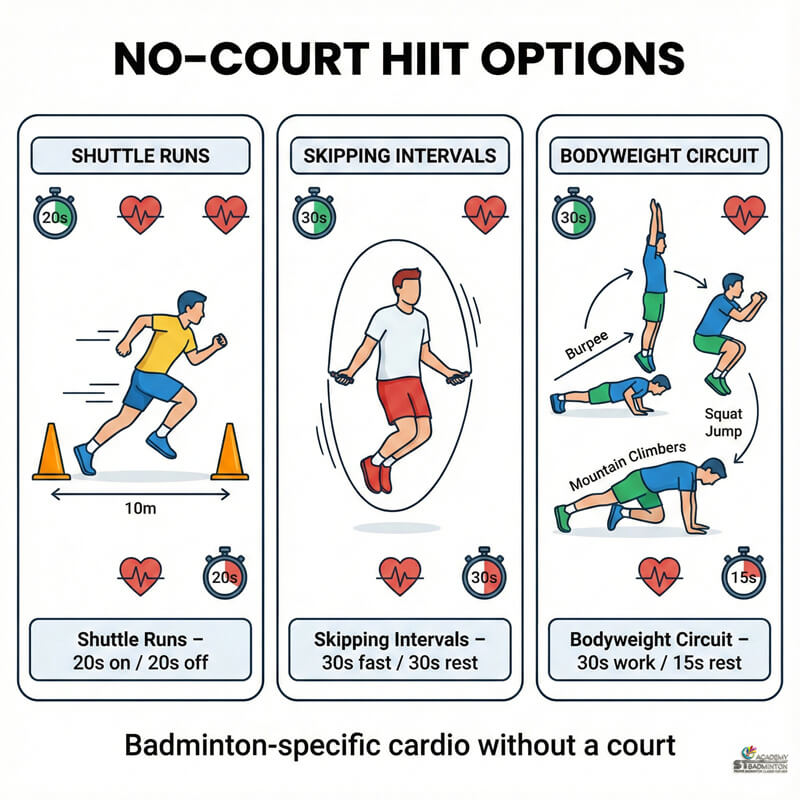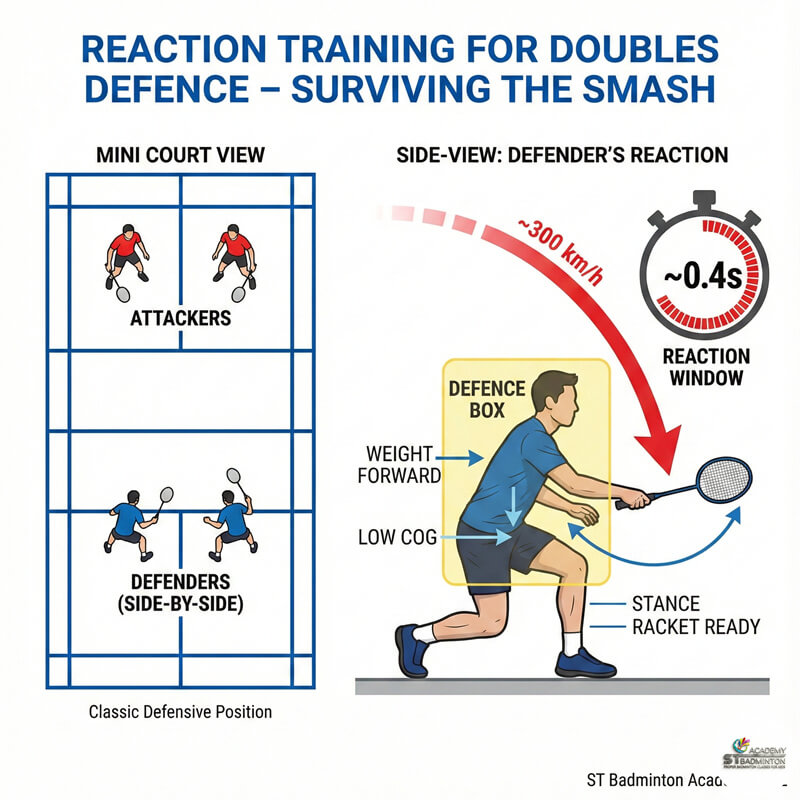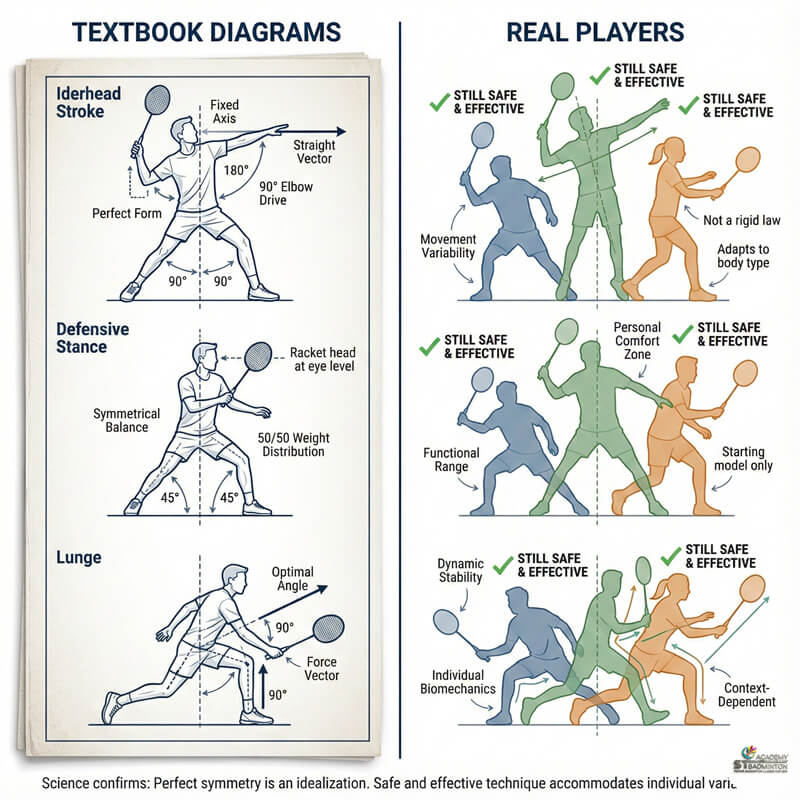Welcome to ST Badminton Academy’s badminton training in Malaysia! If you want to improve your court coverage in training then this article is a must-read. As an experienced badminton coach, I know how important it is to hone the skill of court coverage if you want to get ahead.
That’s why I’m going to be sharing my top drills for improving your court coverage during practice sessions. So sit back and read on — these drills will help take your game to the next level.
Footwork Drills
Improving court coverage in badminton training is essential to success. Footwork drills are the key to unlocking a player’s full potential on the court. To ensure peak performance, coaches must focus on speed and agility exercises that help their athletes move quickly around the court while also being able to change direction swiftly.
Speed drills can be designed specifically for badminton players who need to cover large amounts of ground quickly or have quick reflexes when returning shots.
Agility drills will help players keep up with fast-paced rallies by improving their reaction time as well as their ability to transition from offense to defense. Both types of drills should be incorporated into every practice session so that each athlete has an opportunity to hone their skills and become more efficient on the court.
To maximize efficiency during footwork drills, it’s important that players stay light on their feet and maintain good balance throughout all movements. Coaches should provide guidance regarding proper form and technique so that athletes can get accustomed to moving correctly over short distances at high speeds.
With this knowledge, they can then start to apply it in game situations and improve their overall court coverage capabilities. From here we look towards back-and-forth drills that take these basic principles one step further…
Back-And-Forth Drills
Back-and-forth drills are a great way to improve court coverage in badminton training. By having players move across the court and back, tracking their opponent’s shots while also positioning themselves strategically, they can get used to responding quickly on the court. Here are some of the best back-and-forth drills that coaches should be incorporating into their practice sessions:
| Badminton Court Awareness Drills | Description |
|---|---|
| Shadow Drills | Two players stand opposite each other at either end of the court. One player mimics the movements of the other without hitting shots. This helps in learning how to read an opponent’s body language and anticipate their shots. |
| Wall Drills | Requires a partner, a wall, or a racket bag placed diagonally to bisect both halves of the court. One person hits shuttlecocks using various strokes, aiming to hit crosscourt shuttles close to the wall or bag. The partner covers more ground to return the shuttle, improving court coverage. |
| Short Court Drill | Both players start near the net, volleying until one misses a return or fails to reach beyond a specified point (about halfway). This drill enhances court awareness, positioning, and reaction time as players become more conscious of their relative positions. |
By practicing these kinds of back-and-forth drills regularly, players can develop greater agility and better tactical awareness when it comes to covering all areas of the badminton court during play. From here we can move on to reactive drills; exercises designed specifically for developing quick reflexes on the court. Other than choosing a good racket and also remember to choose the best racket restring in Malaysia.
Reactive Drills
I have seen many players struggle to cover the court during a match. There is no one-size-fits-all drill that will magically improve everyone’s court coverage, but there are some drills that can be used as part of your badminton training regime that can help you become more agile and aware on the court.
Reactive drills require both mental preparation and physical conditioning in order for them to be effective. Such drills are based around situations where the player must react quickly due to the unpredictability of their opponent’s shots or movements. That said, these types of drills should not just focus solely on reacting to an opponent’s shot; they should also involve being prepared for other unexpected scenarios such as if your partner makes a mistake or misreads a situation.
| Mental Preparation | Physical Conditioning | Other Unexpected Scenarios |
|---|---|---|
| Anticipate Opponent’s Shot | Increase Sprint Speed | Partner Makes Mistake/Misdirected Shot |
| Read Body Language & Movement | Improve Agility & Reflexes | Misread Situation by Partner or Opponent |
| React Quickly to Shots/Movements | Develop Footwork Techniques | Unforeseen Injuries/Lapses in Concentration |
These types of reactive drills allow you to work on improving your court coverage while also helping you prepare mentally and physically for matches. When done correctly, they provide an opportunity for you to practice game scenarios against opponents with different styles and levels of play so that when it comes time for the real thing, you won’t be caught off guard!
Multi-Shot Drills
I’m a big believer in multi-shot drills for improving court coverage in badminton training. Footwork drills are a great way to practice quick footwork and agility, while shot variety drills are important for mastering a range of shots.
I always recommend that my students practice footwork drills such as two-step and interval running to improve their court coverage. And for shot variety, I always suggest drills like the high-low drill or the power-speed drill to help them master different strokes.
Footwork Drills
When it comes to court coverage, footwork drills are a great way to improve your badminton training. From multi-court drills to shadow footwork, there are several ways you can get better at navigating the court. Shadow footwork is when one player practices their movement on the court without an opponent or shuttlecock present. This drill allows for players to focus solely on their own technique and not worry about playing against an enemy.
Multi-court drills involve two or more courts and multiple players engaging in different types of shots from various positions around the court. These drills help develop both spatial awareness and reaction time, making them invaluable for improving court coverage skills.
Both of these exercises should be done regularly as part of any serious badminton training regime if you want to master the art of covering all areas of the court quickly and efficiently. With practice and dedication, you’ll have no problem mastering these techniques!
Shot Variety Drills
Now that you’ve familiarized yourself with court coverage drills, let’s move onto shot variety drills. These types of exercises are great for improving your badminton skillset in a wide range of areas such as net play and shot sequences. For instance, practicing different kinds of shots like smashes, clears, and drops can help improve both power and accuracy when playing.
Similarly, running short sprints or shuttle runs is an excellent way to increase reaction time on the court while also strengthening your leg muscles. If you’re looking to master net play then practice drills where you work on getting low at the net before hitting a drop shot or pushing back up into the air.
Get creative by mixing up these drills to keep them fun so that you don’t get bored! With regular practice, soon enough you’ll be showing off some serious improvements in all aspects of your game.
Drop Shot Drills
Drop-shot drills are an essential part of developing court coverage in badminton training. These drills can help players improve their defensive posturing and net play, which is vital when it comes to winning points on the court. Here are some drop shot drills that will help your badminton game:
| Drop Shot Drills for Developing Court Coverage in Badminton | Description |
|---|---|
| Drill 1 | Starting from a standing position at the back of the court, have your partner hit a drop shot toward you. Quickly move to the front of the court and return the shuttle with a clear or smash. |
| Drill 2 | Stand close to the net and have your partner make shots from different positions around the service line. Return each shot with either a block or push, depending on where they’re hitting it from. |
| Drill 3 | One player stands near mid-court, while another stands diagonally closer to the end line. The player near mid-court initiates the rally with short drop shots, and the opponent must move quickly side-to-side, returning each shot with a clearance or drive. |
These drop shot drills can not only be used as warm-up exercises but also during regular practice sessions to get better at court coverage. Making sure your footwork skills are sharp is just as important as mastering any other skill in badminton if you want to stay competitive!
Serve And Receive Drills
One of the best drills for improving court coverage in badminton training is serves and receives drills. Serving effectively can give a player an advantage, as it allows them to set up their next shot with control and precision. When receiving serves, players must be able to quickly move around the court to get into position before returning the shuttlecock back over the net.
In serve-and-receive drills, athletes need to practice proper footwork techniques such as push placement and shuttle control. Push placement includes pushing off from one side of your body while moving towards the other side when you anticipate where the shuttle is going. Shuttle control involves controlling how far away or close to you are when hitting shots by adjusting your arm angle. This will help ensure that you hit more accurate shots every time you play.
Split Step Drills
Split-step drills are absolutely essential for any badminton player who wants to improve their court coverage. They provide a great way to sharpen your reflexes, increase your speed and agility, and target practice-specific shots with precision. Here’s what you need to know:
| Importance of Split-Step Drills in Badminton Training | Description |
|---|---|
| Focus Area | Split-step drills are crucial for improving court coverage in badminton. They enhance reflexes, speed, agility, and precision in targeting practice-specific shots. |
| Mastering the Basics | Start by dedicating time to master the basics of the split-step. This involves executing a quick hop as soon as your opponent hits the shuttlecock, ensuring readiness for the next shot. |
| Agility Drills | Progress to agility drills like side-to-side shuffles, jogging in place, or running across the court. These drills build strength, power, and coordination, contributing to better court coverage. |
| Speed Drills | Incorporate speed drills for an added challenge. Focus on sprinting from one end of the court to the other or executing short bursts of acceleration when anticipating an incoming shot. These drills enhance footwork and ensure peak performance during matches. |
By honing these skills through split-step drills, badminton players can become masters of their domain – able to cover every inch of their court with ease! Now let’s explore how shadow drills can help take our game even further…
Shadow Drills
Shadow drills are a great way to improve court coverage in badminton training. They involve practicing the same movements and footwork without an opponent or shuttlecock, just mimicking them with your hand as if they were present.
This helps build muscle memory and coordination so that when you’re on the court, it becomes second nature to move efficiently and stay ahead of your opponents. It also gives players time to think about their positioning on the court and how best to get around it quickly.
In shadow drills, focus should be placed primarily on footwork, particularly for intermediate players who have already mastered the basics of the game but need more practice with movement.
The goal is to cover as much of the court as possible while staying light on one’s feet. Practicing different types of short steps such as shuffles, leaps, and running will give you plenty of options when moving from side to side. Additionally, paying attention to body posture and balance can help maintain control during quick changes in direction.
Ultimately, mastering court coverage through shadow drills requires dedication and repetition over time; however, this type of drill has proven effective in improving agility which is essential for success at any level of badminton play. With consistent practice in these areas, it won’t be long before you see significant improvements in your overall performance on the court!
Frequently Asked Questions

How Quickly Can I Expect To See Results From These Drills?
If you’re looking to quickly improve your court coverage in badminton training, then the right drills can make a big difference. With proper equipment choices and fitness levels taken into account, you can expect to see results in as little as 2-3 weeks when doing these drills on a consistent basis. Of course, the more effort and dedication that is put into it, the quicker those results will show up!
Is It Possible To Practice Court Coverage Drills With A Partner?
Yes, it is possible to practice court coverage drills with a partner! Doubles drills and strategic positioning for badminton can be incredibly beneficial in improving court coverage. There are several doubles drills you can use – including the ‘Two-on-One’ drill. This drill allows players to work together on defensive strategies and techniques that will help them cover more of the court while playing against an opponent.
Not only does this drill improve your skills as an individual player, but being able to communicate effectively with your partner will also enhance your overall game strategy.
Are There Any Specific Drills That Are More Suitable For Beginner Badminton Players?
When it comes to court coverage drills for beginner badminton players, the two most important aspects are building mental focus and shot selection. It is essential that new players learn how to control their emotions while playing and stay focused on making correct decisions when selecting a shot.
One drill I like to do with my students is having them stand in an area of the court designated by me and practice only hitting shots from one side of the net or the other as fast as possible – this helps instill proper decision-making skills quickly. Another great drill for improving court coverage is practicing footwork patterns back and forth across the court with your partner – this will help you become more familiar with moving around the court efficiently.
How Often Should I Practice Court Coverage Drills?
Believe it or not, practicing court coverage drills doesn’t have to be as tedious and boring as you think! In fact, it’s important to vary your training strategy every once in a while. As a badminton coach, I’d recommend that you practice footwork drills for improving court coverage at least three times per week.
This way, your body can get used to the new movements gradually and help you build endurance over time. Of course, if you’re more of an advanced player then feel free to add in extra days – just make sure that your muscles are getting enough rest between sessions too!
What Are The Best Exercises To Do In Conjunction With Court Coverage Drills?
If you want to make sure your court coverage drills are as effective as possible, then it’s a good idea to pair them with other exercises. Consistent practice is key when improving any skill and badminton isn’t an exception. Footwork drills such as jump rope, skipping, or running in place can help build up endurance for longer rallies.
Additionally, specific footwork drills like side shuffles and backpedaling will not only improve agility but also develop muscle memory of the right movements needed on the court. Finally, shadow play simulations can be used in conjunction with court coverage drills to get familiar with how different shots should be reacted to. By doing all these together regularly, you’ll start seeing improvement in no time!
Learn Court Coverage in Professional Badminton Training
Court coverage drills are an essential part of any badminton training program. With regular practice, you can expect to see results in your court coverage within a few week’s time. By practicing with a partner and using the correct exercises for beginners or more advanced players, you will be able to improve your game drastically and stay ahead of the competition.
The allusion is also important when it comes to improving on-court performance; referencing great players and their strategies can help motivate us to reach higher levels and achieve our goals faster. So don’t hesitate – start drilling today and get that competitive edge!





